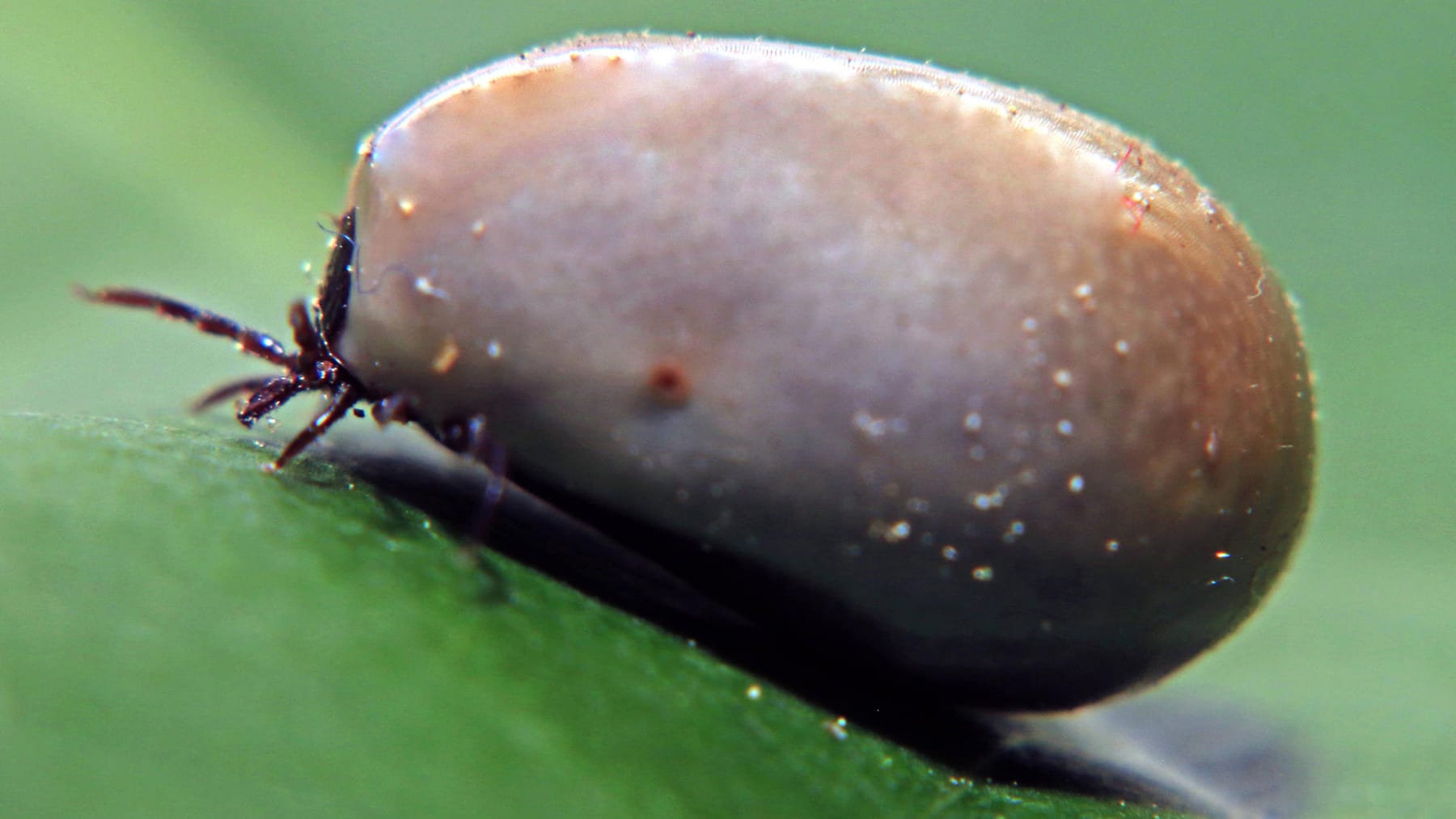Nevertheless, there are Lyme disease strongholds in Germany. In 2020, contract doctors in Saxony diagnosed Lyme disease 927 times per 100,000 insured persons. There were also many infections in Thuringia (780), Brandenburg (707), Bavaria (637) and Saxony-Anhalt (615). This is the result of figures from the Central Institute for Statutory Health Insurance Physician Care in Germany (Zi), which are available to the German Press Agency.
–
Accordingly, the number of Lyme disease infections in Germany rose by around eight percent in the first year of the corona pandemic compared to 2019. This could possibly be a consequence of increased leisure activities in the countryside due to the restrictions imposed by the corona measures, explained Zi CEO Dominik von stillfried. In addition, there was ideal, i.e. warm and dry tick weather in many regions.
–
Previously, the numbers had fallen slightly since 2010. According to the most recent data from 2020, a total of almost 360,000 Lyme diseases were diagnosed by the panel doctors nationwide. That is an average of 465 people per 100,000 insured, after 429 in 2019.
–
Ticks store Borrelia in their intestines
“It wasn’t until 1981 that it was discovered that a connection with this bacterium plays a role in various diseases that were described more than 100 years ago and which also affect various organ systems,” explains Lyme disease specialist Helmut Eiffert from the MVZ wagnerstibbe for medical microbiology in Goettingen. The ticks suck blood from rodents carrying one of six Borrelia species and store them in their intestines.
–
If the ticks then dock with a person, transmission does not occur immediately. “The Borrelia must first migrate to the salivary gland,” explains Eiffert. So there is a certain time window in which the tick can be removed without further consequences. It is best to grab them with a special tick card or tweezers very close to the skin or wrap them with a thread – “and then quickly and straight out with it,” as Wilking explains.
–
Remove the tick – if necessary without tweezers
If you don’t have any tools at hand – which is particularly common in nature – you shouldn’t wait, according to Wilking, but remove the tick with your fingernail if necessary. “The teething tools can remain in there and become inflamed, like a kind of pimple, but they don’t pose a health risk.” Under no circumstances should you wait until a doctor or a drugstore has reopened, because by then the ticks would probably have started delivering the Borrelia.
–
“If the tick bites, then on average there is transmission in three percent and clinical symptoms in one percent,” reports Eiffert. “Most of the time it disappears completely. However, it is possible that these bacteria will be activated again years later, and these are the severe cases. But we hardly ever see that anymore because antibiotics are used early on.” Wilking also emphasizes: “The prognosis is very good with early detection and treatment.”
—


